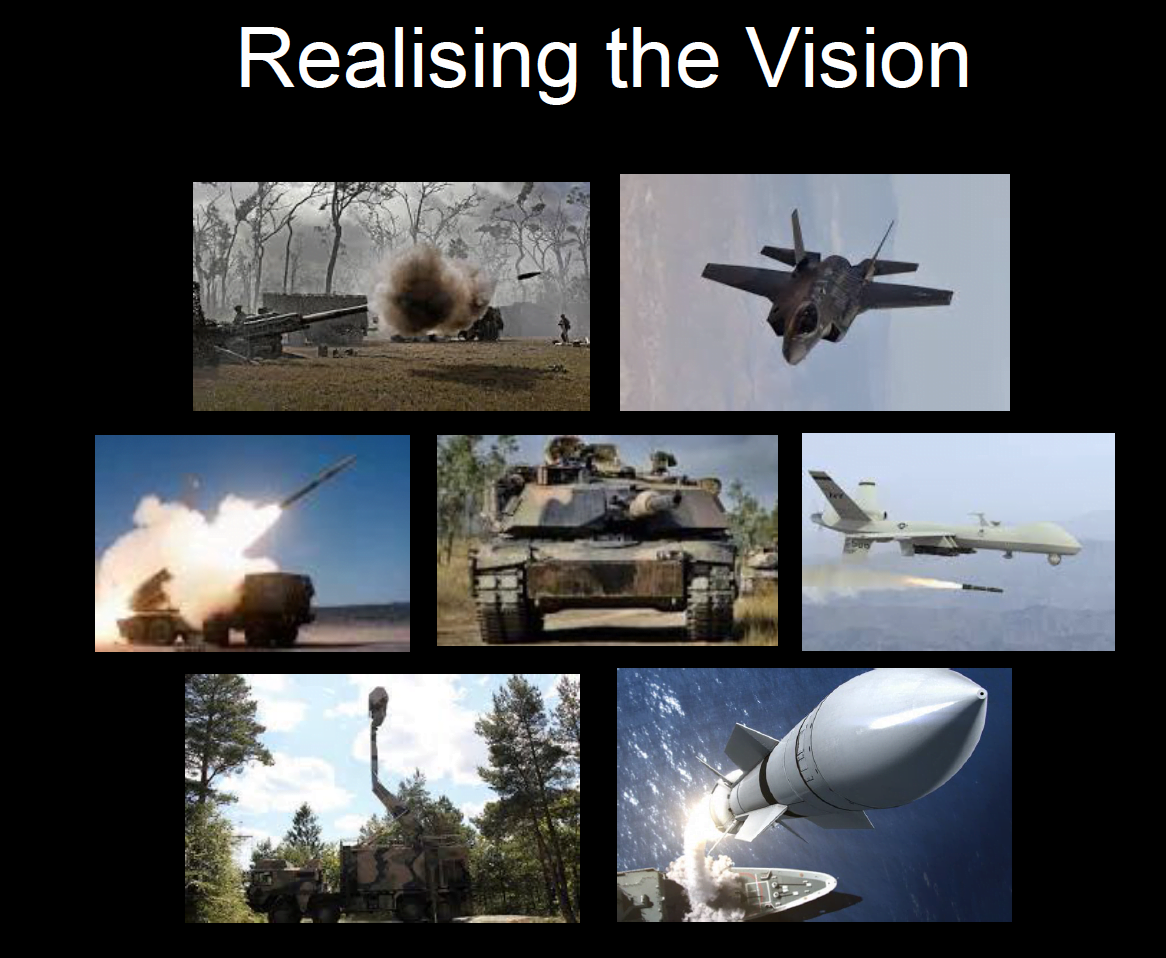2016-04-19 On March 17, 2016, the Williams Foundation held its latest seminar on fifth generation enabled combat operations, this one focused on new approaches to air-land integration.
The terms of reference for the seminar highlighted the way ahead.
“Air forces need to be capable of delivering air and space power effects to support conventional and special operations in the land domain. Air-Land integration is one of the most important capabilities for successful joint operations.
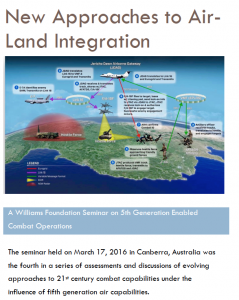
The last decade has seen a significant shift in how airpower has supported ground operations. With the introduction of systems like Rover, the ability of airpower to provide precision strike to the ground forces saw a significant change in fire support from a wide variety of air platforms. Precision air dropping in support of outposts or moving forces introduced new capabilities of support.
Yet this template of air ground is really focused on air support to the ground whereas with the shift in the global situation, a much wider set of situations are emerging whereby the air-ground integration approach will become much wider in character, and the ability to insert force rapidly, as a precision strike capability, and to be withdrawn will be a key tool in the toolbox for decision makers.
Fifth generation enabled operations will see a shift to a distributed C2 approach which will clearly change the nature of the ground-to air command system, and the with the ability of fifth generation systems to generate horizontal communications among air assets outside the boundaries of a classic AWACs directed system, the change in C2 will be very wide ranging.”
This seminar is the fourth in a series of assessments and discussions of evolving approaches to 21st century combat capabilities under the influence of fifth generation air capabilities.
The Williams Foundation hosted a seminar early in 2014, which focused on air combat operations through 2025 and identified key impacts, which the new platforms of the RAAF and the coming of the F-35 would enable in transforming the force.
In April 2015, the Williams Foundation co-sponsored a seminar in Denmark to discuss the evolution of airpower.
https://sldinfo.com/wp-content/uploads/2015/05/Copenhagen-Airpower-Symposium.pdf
And then in August 2015 the Williams Foundation sponsored a seminar where the RAAF could discuss in public its approach and involved a large number of officers debating the way ahead.
https://sldinfo.com/wp-content/uploads/2015/10/Plan-Jericho-Report-October-2015.pdf
The latest seminar followed the two-day RAAF Airpower Conference, which addressed a broad range of airpower issues, and during the second day explicitly looked at the RAAF’s transformation approach, Plan Jericho.
The former Chief of Staff of the Royal Australian Air Force, Geoff Brown, was the organizer for the event, and provided navigation throughout the day through the diverse presentations, as well as providing significant input to the final event of the day, the panel with senior leaders.
The current Chief of Staff of the RAAF, Air Marshal Leo Davies, provided an overview on the RAAF’s approach to transformation and his priority on shaping new approaches to operating with the ground forces. It is not just about having a new fleet; it is about shaping new capabilities for the joint force, but one, which is to be understood as multi-dimensional, and not simply about who is supporting whom in a particular operation.
Several themes stood out from the Seminar.
The first was how significant the rethink on Army’s part really is.
The Chief of Staff clearly underscored that the land wars of the past decade are not the template for moving forward and saw the need and opportunity to shape new ways to integrate airpower with ground maneuver forces in providing for more effective capabilities in the contested battlespace.
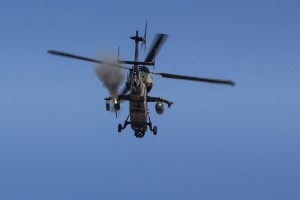
The second was the reshaping of Army modernization to achieve the force envisaged by the Army Chief of Staff.
Brigadier General Mills, the head of Army Modernization, provided a hard hitting look at the Army and how the evolving force could shape a more distributed operational and decision making force, one which he saw as providing for 21st century ground maneuver forces.
The third was the clear synergy between the USMC and Plan Jericho.
Lt. General Davis, Deputy Commandant of Aviation, provided a comprehensive and hard hitting presentation on how the Marine Corps was evolving under the influence of the new technologies, the Osprey and the F-35, and how the focus of the Corps was upon “equipping the 21st century Marine,” rather than “manning the equipment.”
Davis highlighted that the Corps was working at the seams of air-land-sea integration, and described how he thought the tiltrotar revolution started with the Osprey would continue. He also provided an update on how the F-35 was fitting into the USMC’s overall approach to transformation.
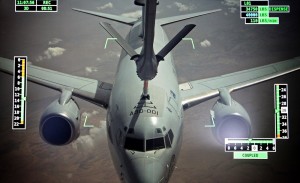
He noted that the young pilots for the F-35 were already pushing the envelope on Close Air Support, and flying the F-35 into Nellis ranges through complicated red threats and being able to come out the other side and provide the maneuver force with various types of support, fires, ISR and C2.
The fourth was a clear response to industry to the Plan Jericho challenge to evolve differently in relationship to the evolution of the Australian Defense Force.
The Northrop Grumman presentation provided a clear look at the evolution of C2 capabilities in line with a transformed force; the Rockwell Collins presentation looked at how the JTAC role will change with new technologies; the L3 presentation provided a look at how commercial technologies could be leveraged to provide for the kind of cost effective and dynamic technological innovation which could support the connectivity needs for the RAAF.
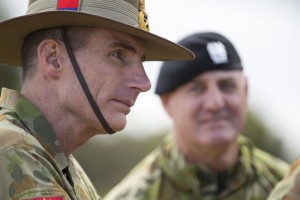
The co-leaders of Plan Jericho Group Captains Jake Campbell and Pete Mitchell underscored that indeed C2 transformation was emerging as a key thread for transformation in shaping a way ahead.
There were other threads to the discussion which included the evolution of training to build a 21st century force, the evolution of the remotely piloted aircraft to work in an evolving battlespace, the challenge of ensuring that we get the right information to the right people at the right time, the evolution of Army force projection with the new RAAF airlift capabilities, and the future of providing for forward air control from the air in the contested battlespace.
What is clear is that the Aussies are at the cutting edge of the rethink of how to reshape an integrated 21st century force.
In this report, the main highlights generated by the seminar and discussion are augmented by a number of interviews conducted during and after the presentations at either the Air Power Conference or the Williams Seminar. As such, the report provides an overview on how the RAAF and the Australian Army are thinking about the transformation of the joint force.
To receive the Special Report, see the following:
https://sldinfo.com/the-renorming-of-airpower-the-f-35-arrives-into-the-combat-force-2-1/


